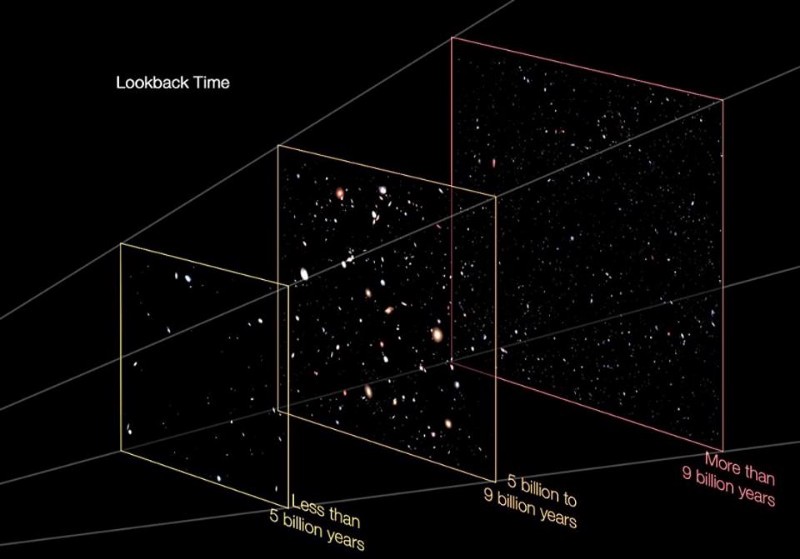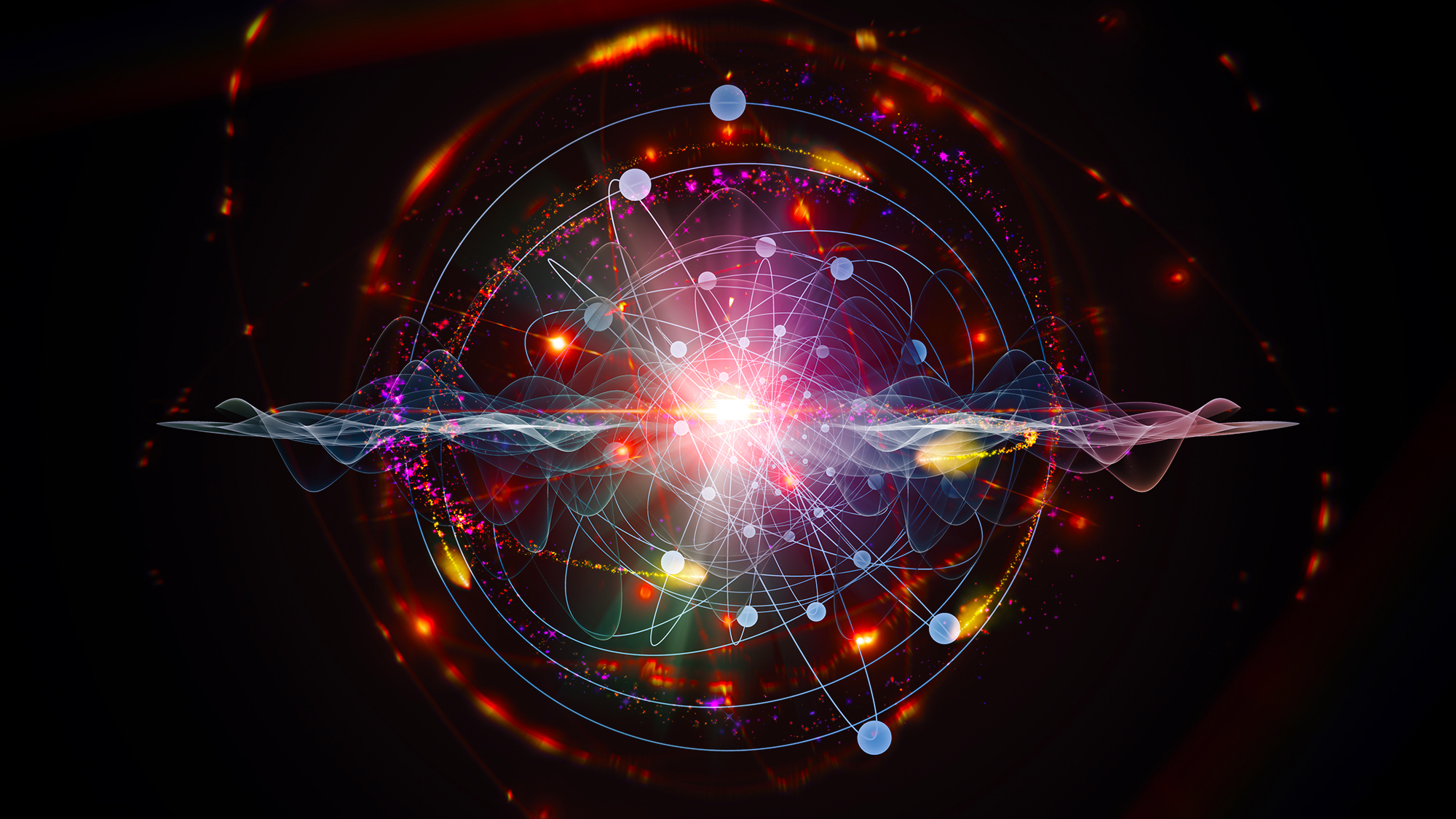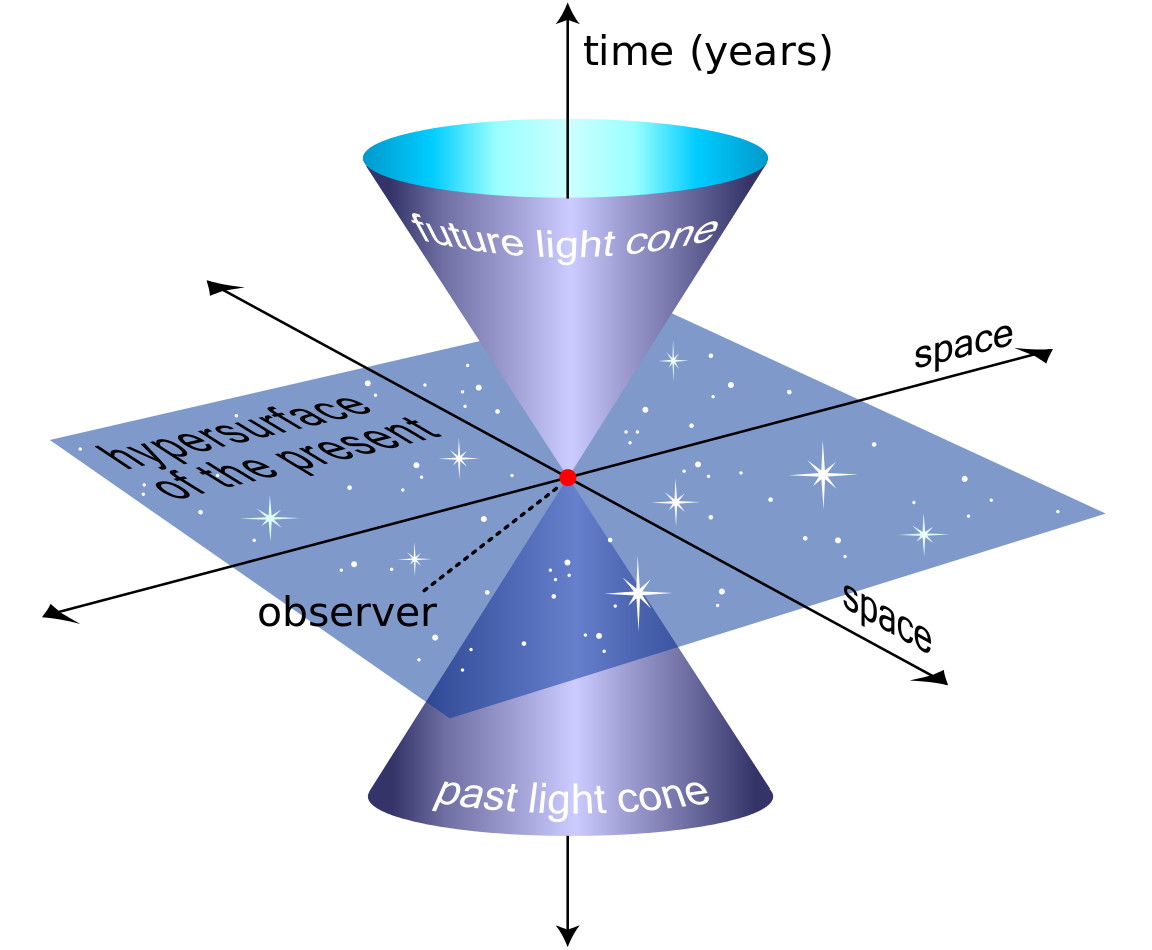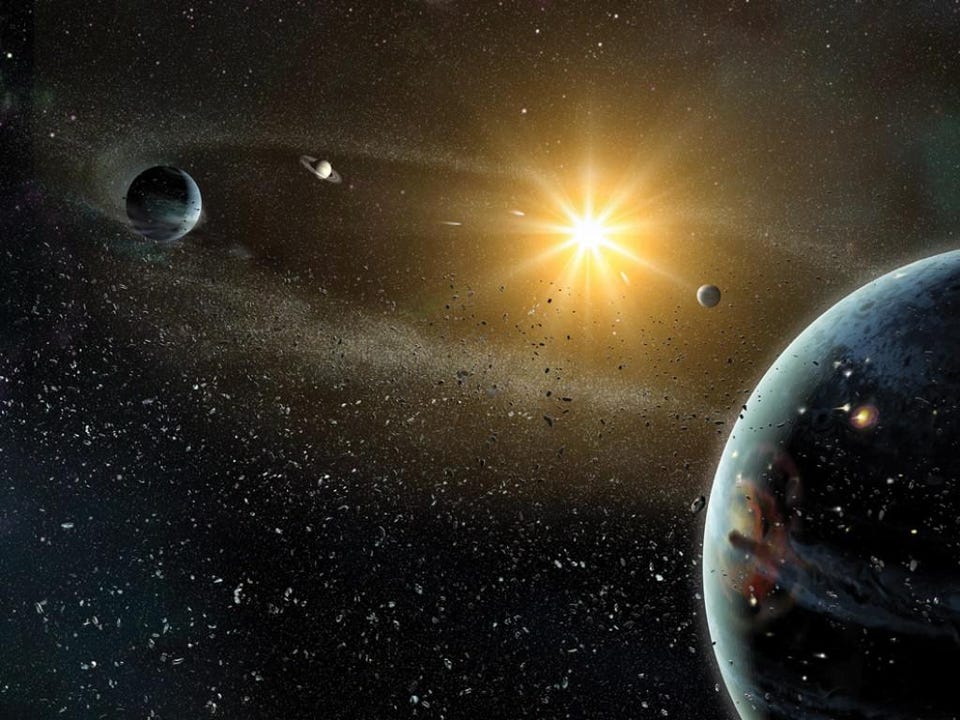How general relativity could help predict volcano eruptions

- Recently, scientists have measured the effects of general relativity (that is, how time runs slower deeper in a gravitational field) over a distance of merely one millimeter.
- Such precise clocks could help predict when volcanoes will erupt or track the melting of glaciers.
- It may not be long before we can probe how gravity changes on the scale of a single atom.
Of the many weird things that modern physics has taught us, one is that the flow of time is not constant. A variety of things can change how quickly we perceive time flowing, from how fast we are traveling to what size planet we are standing on.
The latter is due to general relativity. The deeper within a gravitational field we are, the slower time proceeds. That is why time passes more quickly on the top of Mount Everest than at sea level (or why your head ages faster than your feet). This is something we don’t notice in our daily lives, but we do need to factor in the effects of general relativity (as well as special relativity) for GPS to work properly; otherwise, it would quickly become inaccurate.
Since Einstein developed general relativity — whose effects are most easily seen on cosmic scales — scientists have been attempting to test it on smaller and smaller scales. In a recent study published in Nature, scientists at JILA were able to test the theory on two atomic clocks, only one millimeter apart. They were observed to tick at different rates due to the gravitational field of the Earth.
The effect of gravity on spacetime
Another way to measure the effect of general relativity is through a phenomenon called gravitational redshift, which is similar to the redshift that occurs as the fabric of space expands. In this latter instance, a photon’s wavelength is stretched as the Universe inflates. However, in gravitational redshift, the wavelength of light increases because it is climbing out of a gravitational field. The stronger the field, the more that wavelength will be stretched.
But we must recall that space and time are actually a single entity called spacetime. So when space is stretched, time is too. That means that not only does a strong gravitational field stretch out wavelengths of photons, it also slows down time itself, an effect known as gravitational time dilation.
Gravity and time on the smallest scales
Scientists have measured the difference in ticking clocks on progressively smaller scales. For instance, clocks on GPS satellites tick 45 microseconds per day faster than their counterparts on the surface of the Earth. In late 2020, scientists used clocks on the Tokyo Skytree, 450 meters apart, to observe how clocks ticked at different rates. Another team measured a time difference between two clocks separated by only 30 centimeters.
This newest research examined the smallest scale yet: clocks separated by only one millimeter in height. To do this, the team used 100,000 strontium atoms. They stacked these atoms like pancakes — 1,000 “pancakes,” each with 100 atoms. The atoms on the top and bottom of the stack were only one millimeter apart. They then shone a red laser on the stack, which excited electrons within the atoms. After a certain precise period of time, the electrons became unexcited and returned to their ground state.
Strontium is special because the time that it takes for this transition to happen is very predictable. It allows these clocks to be more accurate than previous atomic clocks, which used cesium. “Think of a ruler,” lead author Dr. Tobias Bothwell told Big Think. “The more marks you have, the finer the increments, the better you can measure.” In fact, this clock is so precise that it would lose only 3 milliseconds over a timespan equivalent to the age of the Universe (that is, 13.8 billion years).
Since this stack was aligned up and down within the gravitational field of the Earth, the atoms on the bottom of the stack were one millimeter closer to the center of the Earth than the ones on the top. Therefore, they should tick a tiny, tiny bit slower than the ones above them. And indeed, that is what the researchers discovered. They detected a difference of just 0.0000000000000000001 second, corresponding to a time difference of 40 milliseconds over the age of the Universe.
Of atomic clocks and volcanoes
Clocks this precise are not merely of academic or theoretical concern. They can have real-world applications. For instance, it may be possible to use them to measure slight changes as the ground swells or falls before a volcanic eruption, or to measure the change in height of a melting glacier.
The sensitivity of these clocks is growing quickly, and better clocks are not far away. “This is not a 20-year vision. This is more like five,” Boswell told Big Think. “I think there’s going to continue to be some interesting things here coming up for the next five years.”





